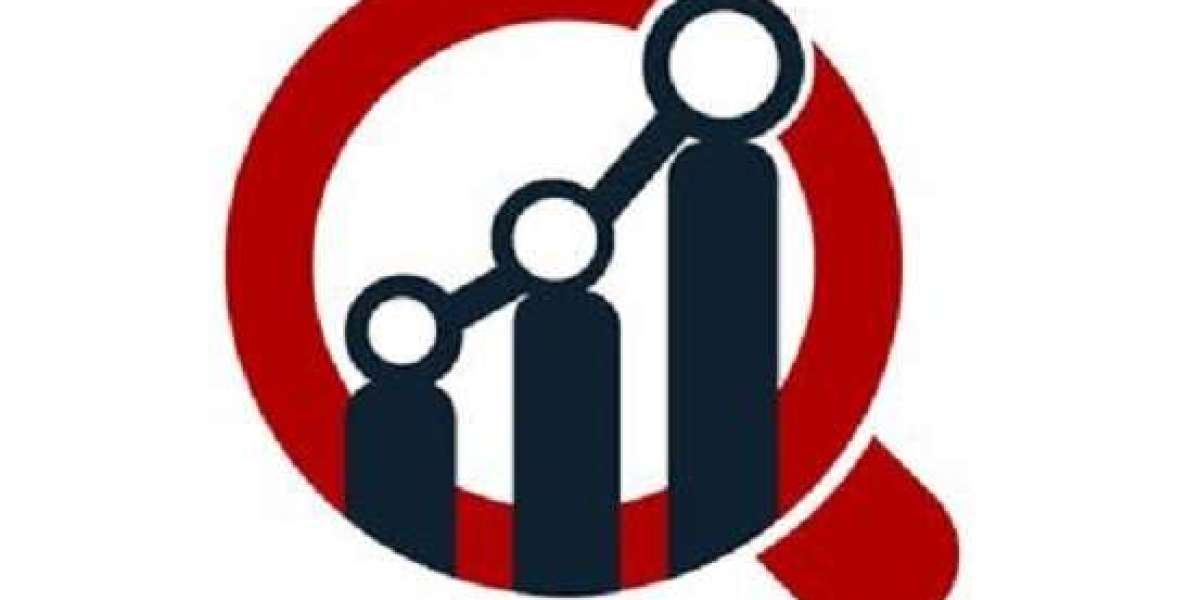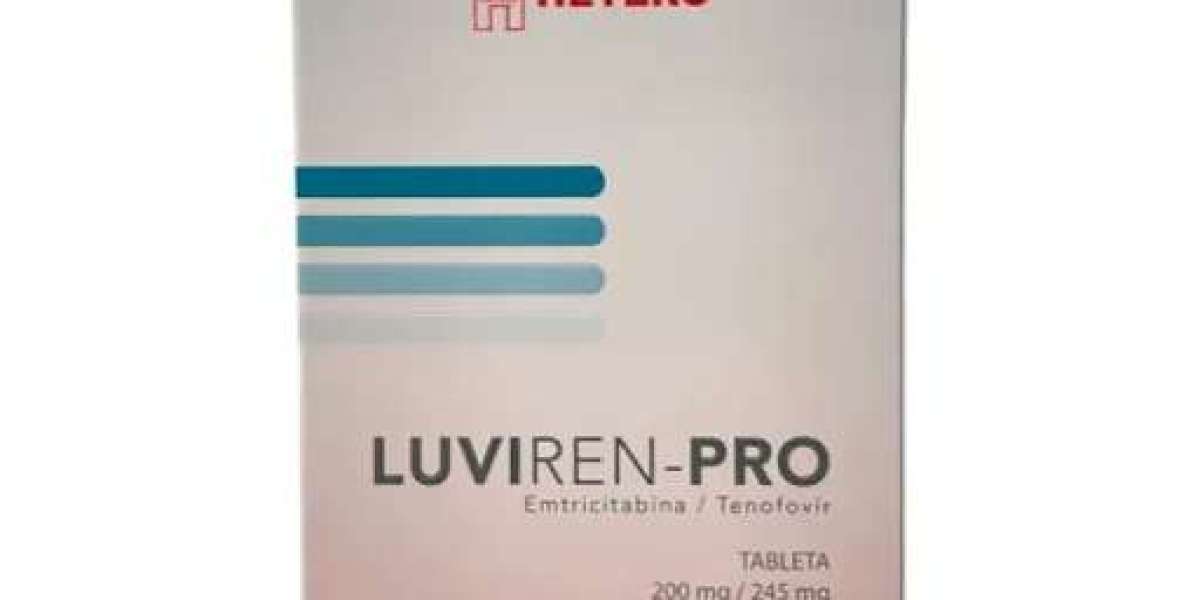What is Sleep Apnea and Why is At-Home Testing Gaining Traction?
Sleep apnea is a serious sleep disorder characterized by repeated pauses in breathing or shallow breaths during sleep. These pauses can last from a few seconds to minutes and may occur 5 to 30 times or more per hour. The most common type is obstructive sleep apnea (OSA), where the airway repeatedly collapses or becomes blocked. Undiagnosed and untreated sleep apnea can lead to severe health consequences, including high blood pressure, heart disease, stroke, diabetes, and increased risk of accidents due to daytime fatigue.
At-home sleep apnea testing (HSAT) is gaining significant traction as a convenient and cost-effective alternative to traditional in-lab polysomnography (PSG). HSAT devices are portable, user-friendly, and can be used in the comfort of a patient's own home, reducing the anxiety and disruption associated with a sleep lab visit. This accessibility increases the likelihood of diagnosis for individuals who might otherwise avoid testing, thereby addressing the large undiagnosed population of sleep apnea sufferers.
How Do Home Sleep Apnea Tests Function and What Do They Measure?
Home Sleep Apnea Tests (HSATs) function by monitoring various physiological parameters during sleep, which are indicative of breathing disturbances. Unlike full in-lab polysomnography (PSG) which records a wider array of signals (e.g., brain waves, leg movements), HSATs typically focus on key respiratory indicators. They typically measure:
- Respiratory Effort: Sensors worn around the chest and abdomen detect breathing movements.
- Airflow: Nasal cannulas or thermistors measure the flow of air in and out of the nose and mouth.
- Oxygen Saturation: A pulse oximeter clipped to a finger measures the oxygen levels in the blood, identifying drops (desaturations) indicative of apnea events.
- Heart Rate: Often derived from the pulse oximeter data. Some more advanced HSAT devices may also include:
- Body Position: To identify positional sleep apnea.
- Snoring: Via a microphone.
These devices record the data, which is then downloaded and analyzed by a sleep specialist or an automated algorithm to calculate an Apnea-Hypopnea Index (AHI), a key metric for diagnosing and determining the severity of sleep apnea.
What Are the Advantages and Limitations of Home Sleep Apnea Tests?
Home Sleep Apnea Tests (HSATs) offer several distinct advantages:
- Convenience and Comfort: Patients can sleep in their familiar environment, leading to a more natural sleep pattern and reducing anxiety associated with a clinical setting.
- Cost-Effectiveness: HSATs are generally significantly less expensive than in-lab polysomnography (PSG), making diagnosis more accessible and affordable.
- Accessibility: They remove geographical barriers, allowing patients in remote areas or those with mobility issues to undergo testing.
- Reduced Waiting Times: HSATs often have shorter waiting lists compared to sleep labs, facilitating quicker diagnosis and treatment initiation.
However, HSATs also have limitations:
- Diagnostic Scope: HSATs are primarily designed to diagnose obstructive sleep apnea (OSA) and are less effective at detecting central sleep apnea (CSA) or other complex sleep disorders that require more comprehensive monitoring.
- Technological Failure: Patients may not correctly apply the sensors, leading to insufficient data or an inconclusive study, requiring a repeat test or an in-lab PSG.
- Absence of Direct Supervision: Unlike PSG, there is no sleep technician to troubleshoot issues during the night.
- Limited Data: HSATs do not typically measure sleep stages (REM, non-REM) or other neurological parameters, which can be crucial for diagnosing certain sleep disorders. Despite these limitations, for many patients with a high pre-test probability of OSA, HSATs provide a valuable and efficient diagnostic pathway.
What Are the Key Drivers and Trends in the Home Sleep Apnea Test Market?
The Home Sleep Apnea Test (HSAT) market is driven by several significant factors:
- Rising Prevalence of Sleep Apnea: The increasing global prevalence of sleep apnea, largely due to rising obesity rates and an aging population, is the primary market driver.
- Cost-Effectiveness and Accessibility: The lower cost and greater convenience of HSATs compared to in-lab PSG are accelerating their adoption by both patients and healthcare providers.
- Growing Awareness: Increasing public and physician awareness of sleep apnea's health risks is leading to more diagnoses and referrals for testing.
- Technological Advancements: Miniaturization of devices, improved sensor technology, user-friendly interfaces, and integration with smartphone apps are enhancing HSAT accuracy and ease of use.
- Reimbursement Policies: Favorable reimbursement policies from insurance providers for HSATs are further boosting market growth.
- Shift Towards Value-Based Care: Healthcare systems are increasingly looking for efficient and cost-effective diagnostic solutions, making HSATs an attractive option.
- Impact of COVID-19 Pandemic: The pandemic accelerated the adoption of remote healthcare solutions, including HSATs, due to restrictions on in-person visits. These trends are creating a robust and expanding market for home-based sleep diagnostics.
What Are the Future Outlook and Innovations in Home Sleep Apnea Testing?
The future of the Home Sleep Apnea Test (HSAT) market is marked by continued innovation and broader integration into healthcare.
- Increased Sophistication: Future HSAT devices will likely incorporate more advanced sensors and algorithms, potentially offering insights into sleep stages or distinguishing between OSA and CSA with greater accuracy, blurring the lines with traditional PSG.
- Integration with Wearable Technology: HSAT capabilities may be integrated into consumer wearables (e.g., smartwatches, rings) for continuous, long-term sleep monitoring and early detection of breathing irregularities.
- AI and Machine Learning: Artificial intelligence will play an increasing role in analyzing complex sleep data from HSATs, providing automated interpretations, and flagging potential issues for physician review.
- Telemedicine and Virtual Care Integration: HSATs will become even more seamlessly integrated into telemedicine platforms, allowing for remote test setup guidance, data upload, and results consultation.
- Personalized Diagnostics and Treatment: Future tests may offer more personalized insights into a patient's sleep apnea characteristics, guiding more tailored treatment approaches.
- Focus on Patient Engagement: Devices will become even more user-friendly, with intuitive interfaces and clear instructions to enhance patient compliance and data quality.
About Market Research Future (MRFR)
Market Research Future (MRFR) is a global market research firm that provides comprehensive insights into market trends, drivers, challenges, and opportunities. We offer a broad range of market intelligence reports and consulting services to help businesses and enterprises in various industries make informed decisions
Media Contact:
Market Research Future (MRFR)
Phone: +1-646-845-9312
Email: [email protected]
Website: marketresearchfuture



